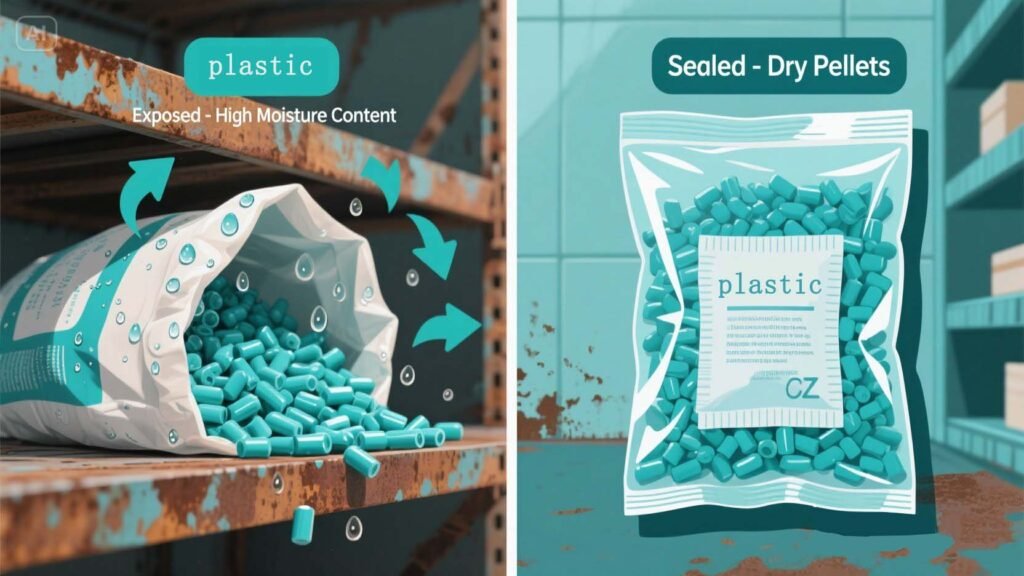In precision manufacturing and industrial production, drying processes are transitioning from rough handling to refined control. As a core indicator of air dryness, low dew point temperature has become a critical parameter in modern industrial drying systems, directly influencing product quality and process stability. When industry leaders treat ultra-low dew point control as a competitive advantage, it’s essential to understand the technical principles behind this metric. Maintaining a consistently low dew point (<-50°C in many applications) ensures moisture-free environments, prevents oxidation in sensitive processes, and optimizes energy efficiency – all critical factors driving innovation in advanced drying technologies.

I. The Nature of Dew Point Temperature
Dew point temperature fundamentally reveals the absolute moisture limit of air. It represents the critical temperature at which water vapor in the air reaches saturation pressure. Imagine a precision balance: one side shows the air’s actual moisture content, while the other shows its maximum moisture capacity at a given temperature. When balanced, the system reaches the dew point. In industrial applications, this parameter not only reflects current humidity levels but also predicts potential moisture exchange between materials and their environment.
II. Technical Benefits of Low Dew Point
- Enhanced Dynamic Drying Efficiency
For example, in lithium battery separator production, maintaining a dew point of -40°C reduces residual moisture in separator materials to below 100 ppm within 8 hours. Traditional systems at -20°C require 15 hours for the same result. This exponential efficiency gain comes from the strong vapor pressure differential created by low dew points, which acts like a “highway” for moisture removal. - Improved Material Protection
During precision electronics packaging, environments with dew points below -50°C prevent water molecules from forming oxide layers on solder joints. Data from a semiconductor manufacturer shows that lowering the dew point from -30°C to -60°C reduced product defect rates from 1.2% to 0.15%. This demonstrates how low dew points safeguard microscopic material structures. - Precision Quality Control
In pharmaceutical freeze-drying, a -70°C dew point keeps residual drug moisture within a tight 0.5%-1.5% range. Such precision ensures drug efficacy and shelf life. Tests show that even a ±5°C dew point fluctuation can cause a 30% moisture deviation.
III. The Future of Dew Point Control
Take Dryingtech’s -70°C dew point system as an example: its IoT platform allows engineers to remotely adjust drying curves. In the Industry 4.0 era, dew point control has evolved beyond traditional humidity management. It now bridges materials science, thermodynamics, and automation. Companies mastering low-dew-point technologies aren’t just selling equipment—they’re delivering solutions rooted in deep process understanding. When drying accuracy reaches molecular-level precision, it reflects not just technological progress but also the broader shift toward smart, precision-driven manufacturing.


